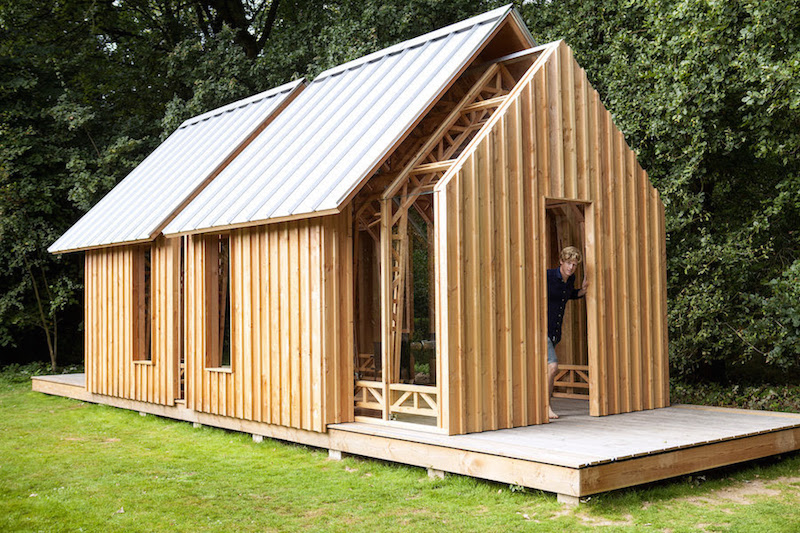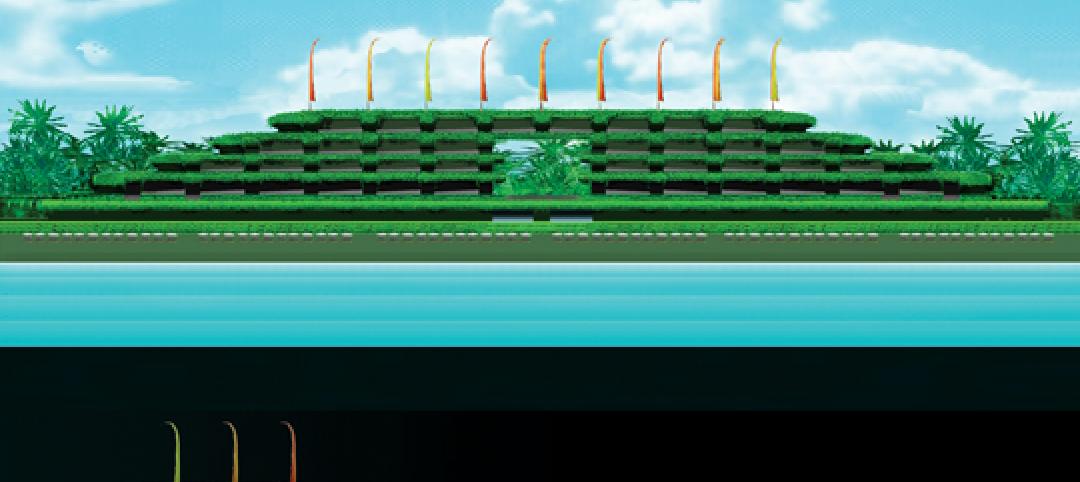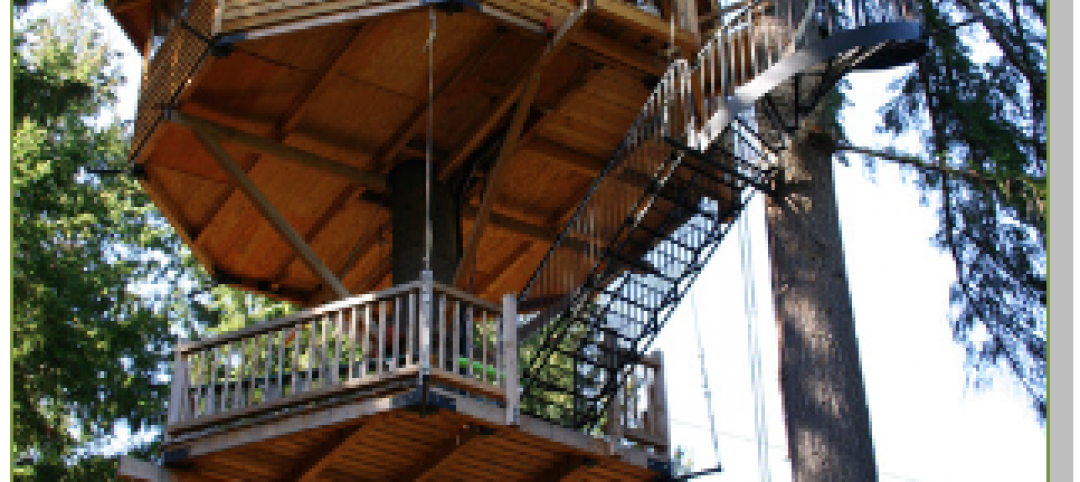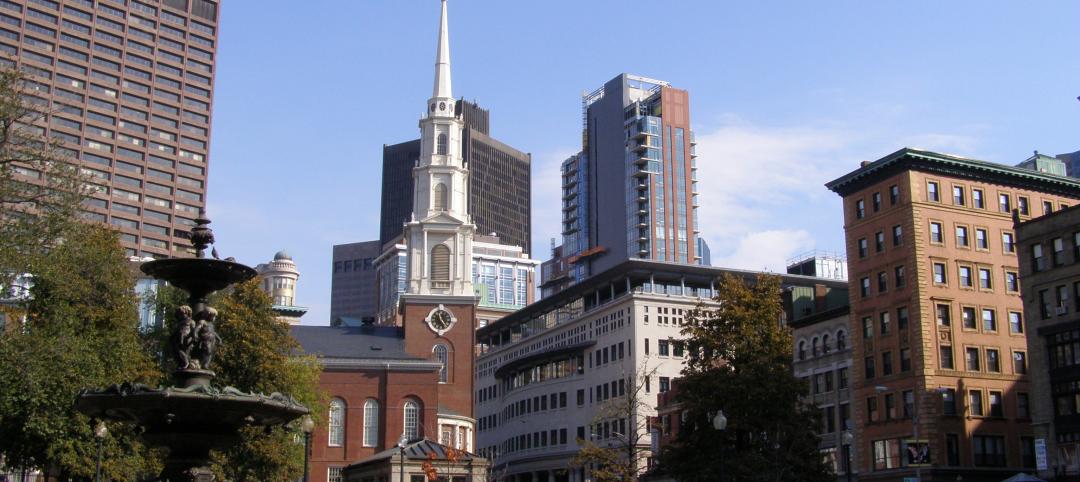On October 4, an audience at the New Museum in New York will participate in choosing the best hospitality design from finalists in the 11th Radical Innovation competition.
This annual contest, produced by The John Hardy Group, a development services firm for investors and brands in hospitality real estate, solicits game-changing ideas with practical applications. This year’s finalists, coming from three firms, were chosen by a seven-person jury from more than 65 international entries. Two student entries were also singled out for recognition.
The grand-prize winner receives $10,000 to develop the concept, and the runner-up gets $5,000. The student winner receives $1,500 and an opportunity to pursue a scholarship at the University of Nevada Las Vegas to complete a Master’s Degree in hospitality design.
The finalists:
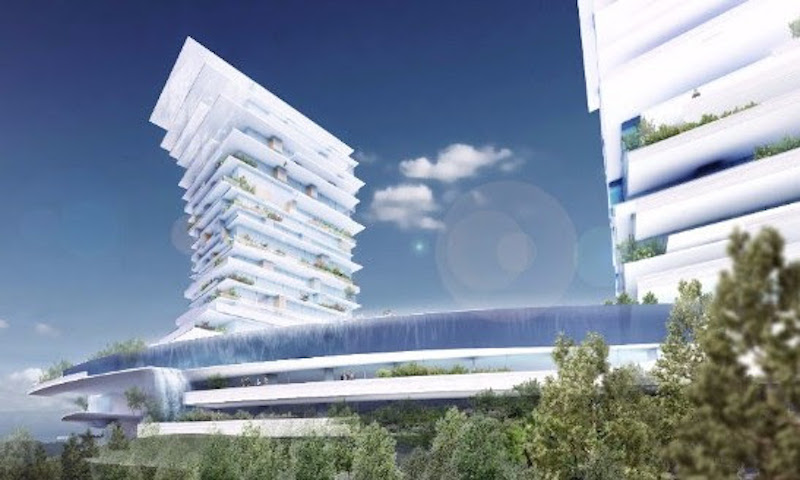 Vertical Micro-Climate. Image: courtesy of John Hardy Group
Vertical Micro-Climate. Image: courtesy of John Hardy Group
•Vertical Micro-Climate, submitted by Arno Matis Architecture in Vancouver, B.C., envisions a mountaintop resort concept near the southern tip of Vancouver Island, Canada, that uses thermal and solar technology to provide a warm and bright year-round indoor/outdoor environment for guests.
 Living the Tile. Image: Courtesy of John Hardy Group
Living the Tile. Image: Courtesy of John Hardy Group
•Living the Till, submitted by Florida-based EoA Inc., is the ultimate treehouse: a hotel resort, hovering 30 feet about a forest floor, which allows for seasonal habitation in remote areas. The entire structure would be suspended by nature, and the hotel’s verticality would minimally impact the surrounding environment.
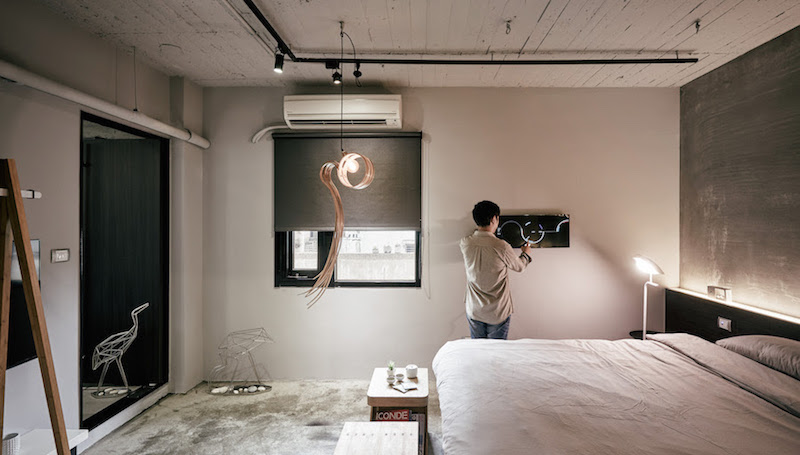 Play Design Hotel. Image: Courtesy John Hardy Group
Play Design Hotel. Image: Courtesy John Hardy Group
•Play Design Hotel, submitted by Taipei, Taiwan-based Play Design Hotel, is conceived as an inhabitable design galley that functions as an incubator and living lab for designers. The concept connects the designers to international travelers who, in turn, are connected to their culture through the hotel’s design and interior furnishings.
 Hyperloop Hotel. Image: Courtesy John Hardy Group.
Hyperloop Hotel. Image: Courtesy John Hardy Group.
•Hyperloop Hotel, by Brandon Siebrecht, a student at UNLV, uses customizable shipping containers that double as suites, where guests can travel and dock at one of 13 locations in the U.S. The experience would be managed by an app.
A student honorable mention went to Caspar Schols of Eindhoven, Netherlands, who submitted Garden House, a wood structure with a double-glass inner shell, topped by a steel roof. The outer shell is fully insulated, and a small Norwegian stove heats the space. The design eliminates the need for artificial climate control.
Sleeper magazine and Architizer are among the sponsors of this event.
Related Stories
| Nov 29, 2011
SB Architects completes Mission Hills Volcanic Mineral Springs and Spa in China
Mission Hills Volcanic Mineral Springs and Spa is home to the largest natural springs reserve in the region, and measures 950,000 sf.
| Nov 28, 2011
Leo A Daly and McCarthy Building complete Casino Del Sol expansion in Tucson, Ariz.
Firms partner with Pascua Yaqui Tribe to bring new $130 million Hotel, Spa & Convention Center to the Tucson, Ariz., community.
| Nov 9, 2011
American Standard Brands joins the Hospitality Sustainable Purchasing Consortium
American Standard will collaborate with other organizations to build an industry-wide sustainability performance index.
| Nov 8, 2011
Transforming a landmark coastal resort
Originally built in 1973, the building had received several alterations over the years but the progressive deterioration caused by the harsh salt water environment had never been addressed.
| Nov 3, 2011
GREC Architects announces opening of the Westin Abu Dhabi Golf Resort and Spa
The hotel was designed by GREC and an international team of consultants to enhance the offerings of the Abu Dhabi Golf Club without imposing upon the dramatic landscapes of the elite golf course.
| May 25, 2011
Hotel offers water beds on a grand scale
A semi-submerged resort hotel is the newest project from Giancarlo Zema, a Rome-based architect known for his organic maritime designs. The hotel spans one kilometer and has both land and sea portions.


